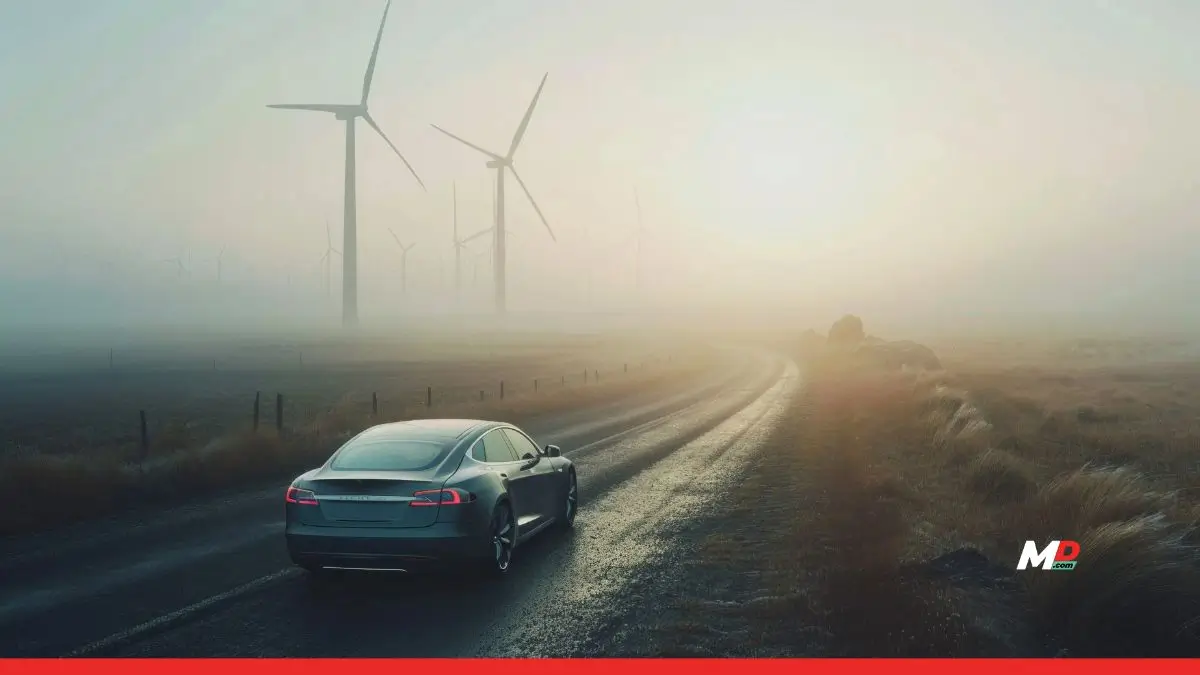Published
10 months agoon

Tesla’s long-anticipated entry into India is now closer than ever, with the company finalizing locations for showrooms and initiating hiring processes. However, while its arrival is a significant milestone, its impact on domestic automakers may not be as disruptive as one might assume.
With its initial offerings potentially priced around ₹35-40 lakh even after considering a huge import duty cut, Tesla’s EVs will firmly sit in the premium segment, out of reach for most Indian consumers. Meanwhile, reports suggest that government policies are being structured to ensure foreign automakers like Tesla prioritize manufacturing over infrastructure investments, ensuring India’s homegrown EV industry continues to flourish.
Even with a reduction in import duties from 100% to 15%, Tesla’s most affordable model—the Model 3—will still cost between ₹35-40 lakh. Compared to India’s existing EV offerings, including the Mahindra XUV 9e, Hyundai e-Creta, and Maruti Suzuki e-Vitara, which are priced in the ₹15-25 lakh range, Tesla remains a luxury product out of reach for most.
With a projected 6.5% EV penetration in India today versus the global average of 18%, India’s market is still developing. While Tesla’s entry will contribute to awareness and aspirational value, its pricing ensures it won’t be a mass-market disruptor. This scenario benefits domestic players who continue to build more affordable EV solutions, catering to a much broader audience.
A key policy decision that could shape Tesla’s India strategy is the restriction on investment relief for charging infrastructure. While India has introduced a policy to allow foreign automakers to benefit from lower import duties if they invest at least $500 million in local manufacturing, only 5% of that investment can be allocated toward charging infrastructure.
This move ensures that foreign automakers don’t simply enter India with imported cars and charging networks, but instead focus on building cars locally. Given that a lack of charging infrastructure has been a major deterrent for Indian EV adoption, Tesla may have to navigate these regulations carefully while planning its long-term presence. Equally, given one of Tesla’s key strengths has been the widespread nature of its fast charging network, and given the assumption they will not set it up in India at first, a huge chunk of Tesla’s advantage has been negated from a company and buyer standpoint.
Despite challenges, India remains an alluring market for Tesla. While EV sales in India currently make up only 6.5% of total vehicles sold, the market is expected to skyrocket from $23.38 billion in 2024 to $117 billion by 2032. As consumer awareness grows and the government pushes for electrification, demand is set to rise. However, affordability remains the key to success, and this is where Indian automakers have the upper hand.
Domestic giants like Tata, Mahindra, and Maruti Suzuki have already made significant inroads with their EV offerings, emphasizing cost efficiency and local production. Tesla, if it intends to capture a substantial portion of the market, may eventually need to introduce a budget-friendly model below ₹25 lakh, something Elon Musk has hinted at but not committed to.
Despite Tesla’s global dominance, Indian automakers remain confident in their ability to compete. Anand Mahindra, Chairman of Mahindra & Mahindra, recently responded to concerns about Tesla’s market entry by saying this on Twitter (nee X):
“We have been asked similar questions ever since the opening up of the Indian economy in 1991. How will you compete against Tata, Maruti, and all MNCs? But we’re still around. And working like maniacs to still be around & relevant even a century from now.”
His confidence is not misplaced. India’s automotive industry has matured significantly, with strong localization, cost efficiencies, and government-backed incentives for domestic manufacturing. Even as Tesla eyes India, domestic EV players are ramping up production, investing in R&D, and focusing on affordability.
Industry experts believe Tesla’s impact will be more on the supply chain and premium segment rather than the retail EV market. While Tesla’s entry will doubtlessly be a positive for the EV ecosystem, driving investments in infrastructure and supply chains.
However, unless Tesla introduces a mass-market model below ₹30 lakh, it won’t disrupt the broader passenger vehicle segment. Instead, its presence will likely push domestic automakers to innovate faster and strengthen their competitive advantage.
The price advantage of India’s foremost players ensure they have a headstart over Tesla. India’s best-selling EV, the Tata Punch, is priced from approx. ₹10 to ₹ 15 lakhs. And with Tata alone planning to expand its charging network to 4 lakh points, Tesla well and truly has its work cut out.
Tesla’s entry into India marks a pivotal moment in the country’s EV journey, but its impact will be measured rather than revolutionary. With high prices keeping it out of reach for most Indian consumers, the real winners will be homegrown automakers who continue to deliver value-driven, affordable EV solutions. Meanwhile, government policies are ensuring that foreign players focus on manufacturing rather than just imports, strengthening India’s long-term EV industry.
In the end, Tesla’s presence may well be a catalyst for growth, but it is unlikely to shake up the market dominance of India’s established players—at least, not just yet.


India’s Growth Engines Awarded: Most Preferred Workplaces 2025 Set New People-Centric Benchmarks


India’s Growth Engines Awarded: Most Preferred Workplaces 2025 Set New People-Centric Benchmarks


CBI books Anil Ambani’s son, RHFL in ₹228 Crore bank fraud case


Quick-Commerce Heading for Shakeout as Funding Model Fails, Warns Blinkit CEO


Venkatesh Iyer never looked at us during trials and I thought he was someone with a lot of attitude : Abhishek Nayar


Welspun One expands footprint with 46-acre Talegaon MIDC project; unveils ~INR 550 crore plan for a next-generation logistics park

